|
This year has provided a stark wake-up call about the importance of protecting the safety of our food. Up-and-coming technology called hyperspectral imaging, which can detect pathogens in food, optimize the uniformity of a product’s quality and even help with precision agriculture, has been gaining ground rapidly in the food safety industry this year. In the coming months, it’s an additional feature to watch for and discuss with food suppliers and distributors, particularly as more foodservice operations adopt speed-scratch food products to help boost efficiency. Learn more about the technology here (https://bit.ly/2JcwyHC).
In recent months, E. coli contamination has been responsible for dozens of serious illnesses – and that’s in romaine lettuce alone. Could your menu choices help minimize your chances of purchasing contaminated produce? Every year, the Environmental Working Group releases updated lists of the produce most commonly exposed to pesticides and other chemicals, along with produce that has tested to be the cleanest. Food News reports that these items made this year’s Clean 15 fruits and vegetables: avocados, sweet corn, pineapples, frozen sweet peas, onions, papayas, eggplants, asparagus, kiwis, cabbages, cauliflower, cantaloupes, broccoli, mushrooms and honeydew melons. Can any of these ingredients be substituted for others on your menu?
Does your restaurant buy pre-washed produce? Remember that it still must be washed under running water during preparation. Steritech also advises that bacteria can be transferred from the surface of produce to its flesh when cut, so be sure to make sure your fruit and vegetables are washed thoroughly in running water prior to cutting them.
Planning on serving turkey at your holiday gatherings? Make sure your kitchen staff doesn’t wash the turkey during preparation. As the Safe Plates Food Safety Information Center reports, washing a turkey in the sink can spread harmful bacteria like Salmonella and Campylobacter up to three feet away. To prevent the spread of bacteria, clean and sanitize any utensils and surfaces used during preparation, wash hands before and after handling raw turkey, and cook it to a temperature of 165˚F.
Hopefully, your employees know to wash their hands after using a restroom. But bacteria lurk in places all over a restaurant: Door handles, money, tablet and smartphone touchscreens, salt shakers and other tableware, computer keyboards, menus, and kitchen equipment and other items such as cutting boards and towels are key culprits. Outside of the restroom, make sure your team has a culture of regular handwashing with soap and water, then alcohol-based sanitizer (as a bonus, not a substitute for the first step). Then reinforce it regularly. It’s easy for even a careful employee to overlook handwashing during busy periods.
When large portions of food are cooling down, they can be havens for bacteria. Cool these foods in smaller containers so they aren’t in the temperature danger zone for too long. That goes for large cuts of meat too. As Statefoodsafety.com reports, leftover meat needs to be cut up into smaller portions so that it can cool down quickly. Otherwise, it’s too easy for bacteria to thrive and make the food unsafe for consumption.
E. coli and leafy greens can be a common pair. Outbreaks tied to romaine lettuce contamination made headlines throughout the past year, and according to the FDA, similar outbreaks were linked to leafy greens an average of three times a year between 2009 and 2017. Foodservice operators can help limit the risk of contamination during preparation by taking several precautions. Statefoodsafety.com advises food handlers wash leafy greens thoroughly, serve only pasteurized dairy products and juices, and avoid cross-contamination via hands or preparations areas. That means cleaning and sanitizing work surfaces, particularly after working with raw animal proteins, and if you wear gloves, wash hands and put on a new pair of gloves when preparing a different food. Finally, be mindful of the temperature of meat you prepare. Ground beef should maintain a temperature of 155°F for 15 seconds before serving.
|
subscribe to our newsletterArchives
April 2024
Categories
All
|
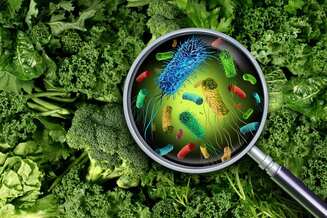
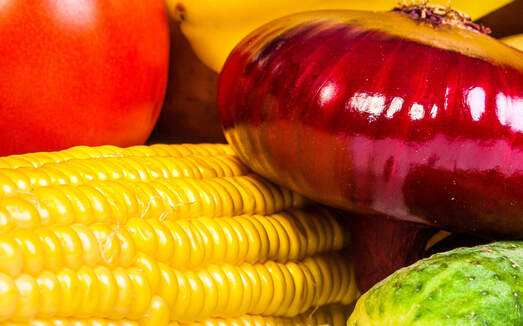
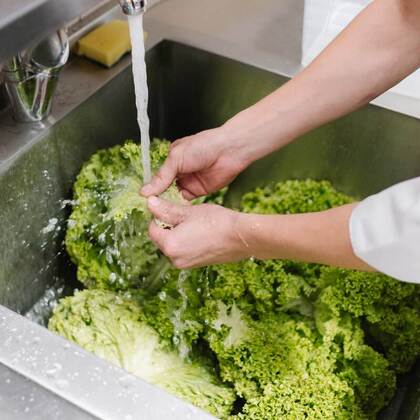
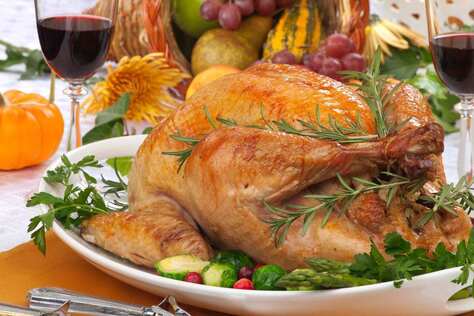
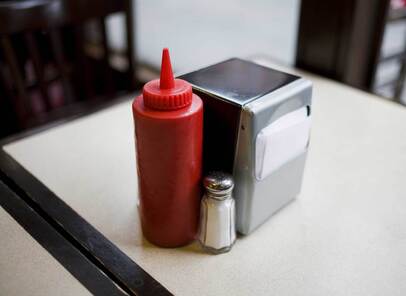
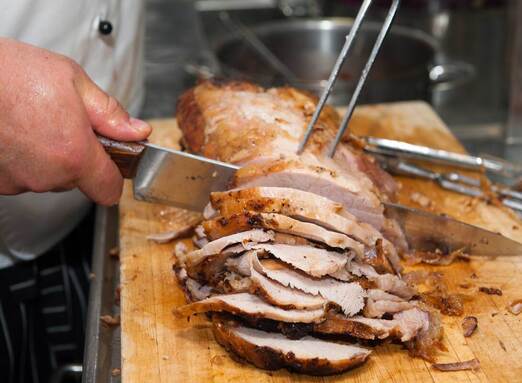
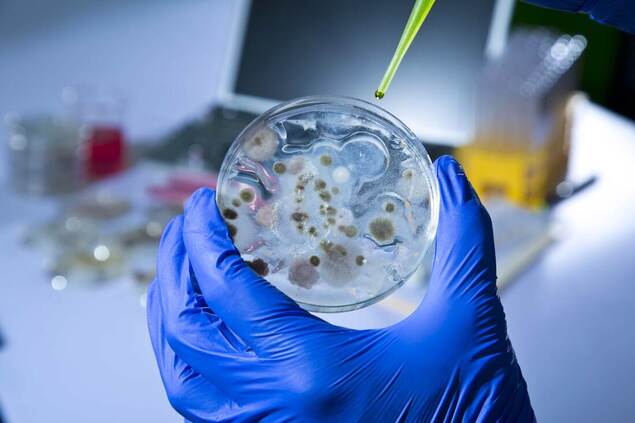


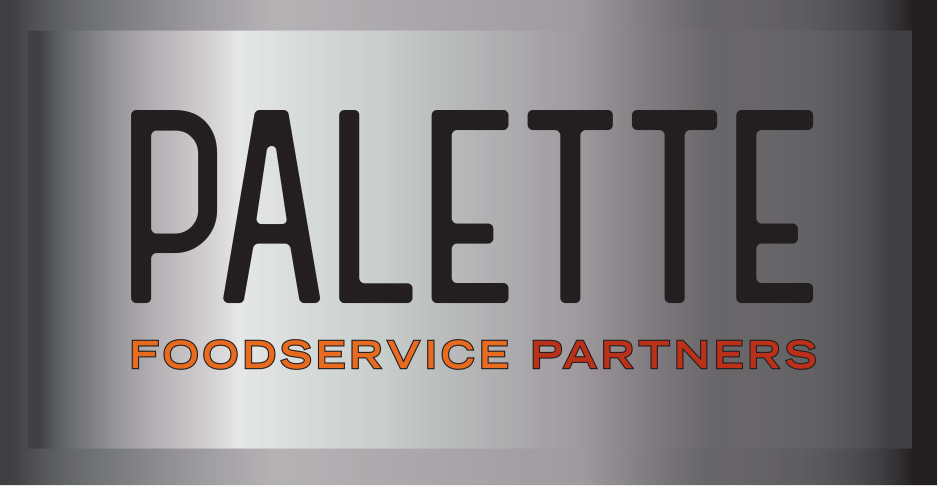
 RSS Feed
RSS Feed